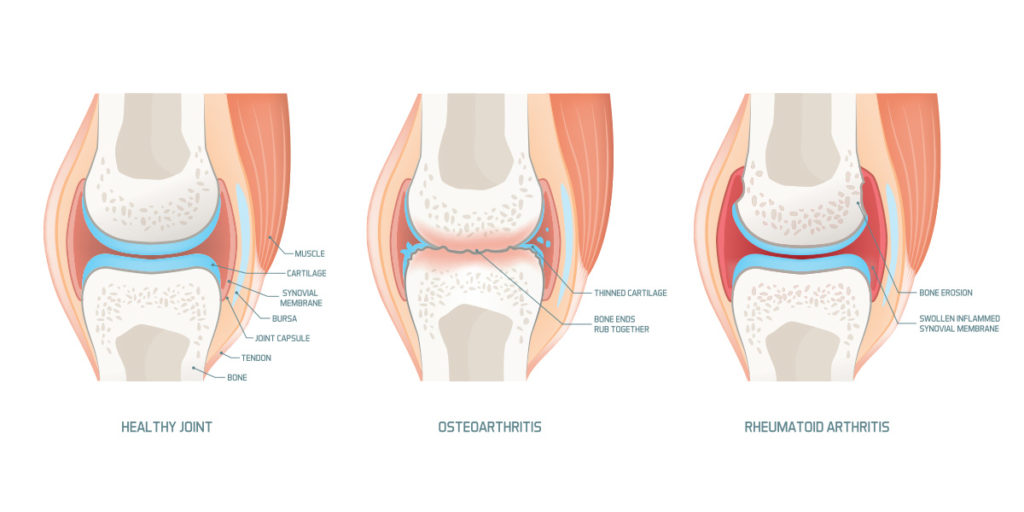Your Cart is Empty

Much of the enjoyment we experience from an active lifestyle is tied to one area of our health, joint function. If this article has found its way to your screen, there’s a good chance your lifestyle consists of strenuous hard work, consistent exercise and training, and your body feeling the years of abuse.
The nature of a hard work lifestyle is the stress we place on our joints. While proper footwear, correct form, and adequate rest all contribute to supporting joint integrity and function, nourishing your joints with a combination of glucosamine and methylsulfonylmethane (MSM) can be your cocktail for the longevity of your physical performance.
What are commonly considered the three most important joints of the body, the knee, hip, and shoulder are all constructed differently to achieve different degrees of mobility and stability (Shoulder = highly mobile but less stable. Hip = less mobile but highly stable). Necessary for each joint to function properly is a healthy presence of cartilage for structural stability and an adequate secretion of synovial fluid to lubricate its movement and preserve our cartilage. This is where the synergistic effects of MSM and glucosamine join our conversation. Let’s take a look at the role of each component in the health of our joints.\
Glucosamine contributes greatly to the structural stability and mobility of our joints. By synthesizing proteoglycans, the protein building blocks which generate cartilage, glucosamine directly affects the health of our cartilage which buffers the stress and impact we place on our joints. The bone to bone and muscle to bone connective function of ligaments and tendons is also strengthened by a healthy presence of glucosamine.
Perhaps the most notable function of glucosamine is its anti-inflammatory effect on joints. Bone and joint pain caused by chronic inflammation are one of the leading reasons people take glucosamine. While glucosamine is a naturally occurring compound of the body, its production decreases with age – thus, symptoms of age-related disorders such as arthritis and osteoarthritis can be managed with a healthy amount of glucosamine supplementation.

Luckily for us, and glucosamine, there is another compound that combats joint discomfort and aids in joint mobility, Methylsulfonylmethane (MSM). If you aren’t familiar with what MSM is, please refer to our Label Readers Digest article on MSM exclusively HERE.
A large reason why MSM offers so many health benefits, not limited to our joints, is because it provides biologically active sulfur – the “fourth most plentiful mineral in the body” which is “needed for many different critical bodily functions every single day.”
MSM provides a buffering effect to the rigid fibrous tissues which become damaged during exercise, thereby reducing the impact and severity of swelling. By reducing swelling and helping the body form new joint and muscle tissue, MSM has shown a reduction in joint discomfort and improved range of motion. MSM, especially when taken with glucosamine, has shown in numerous clinical studies to safely reduce inflammation and the intensity of joint pain.
So for individuals looking for alternative ways to address chronic joint pain without the heavy use of NSAIDs such as ibuprofen or Advil, the combination of MSM and glucosamine can be an effective pairing to achieve relief on par with those medications.
To conclude our understanding of joint health and the ways we can support them lets simplify the approach to a lengthy lifestyle of unhindered activity and training. As the old saying goes, a body in motion stays in motion. We must be active to stay active, and we must apply stress to strengthen.
The caveat being that we must supply our bodies, particularly our joints, with the proper nutrients to support that stress. So whether you are twenty-something and a stranger to joint pain, or a veteran to this Working Athlete lifestyle, the answer to how many miles you have left can be answered by how well you care for these precious but vulnerable musculoskeletal systems called joints.